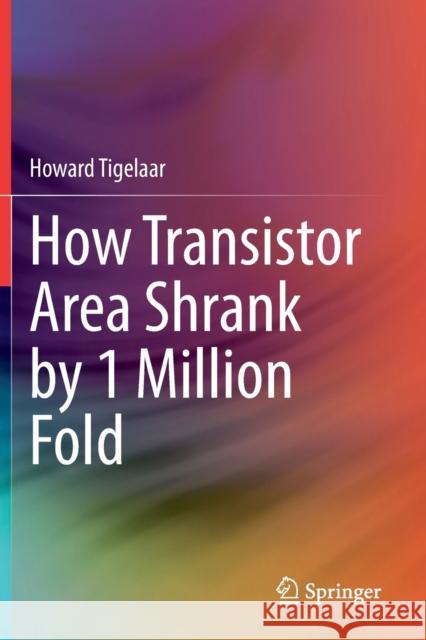How Transistor Area Shrank by 1 Million Fold » książka
topmenu
How Transistor Area Shrank by 1 Million Fold
ISBN-13: 9783030400231 / Angielski / Miękka / 2021 / 319 str.
How Transistor Area Shrank by 1 Million Fold
ISBN-13: 9783030400231 / Angielski / Miękka / 2021 / 319 str.
cena 221,90 zł
(netto: 211,33 VAT: 5%)
Najniższa cena z 30 dni: 192,74 zł
(netto: 211,33 VAT: 5%)
Najniższa cena z 30 dni: 192,74 zł
Termin realizacji zamówienia:
ok. 22 dni roboczych
Bez gwarancji dostawy przed świętami
ok. 22 dni roboczych
Bez gwarancji dostawy przed świętami
Darmowa dostawa!
Kategorie BISAC:
Wydawca:
Springer
Język:
Angielski
ISBN-13:
9783030400231
Rok wydania:
2021
Wydanie:
2020
Ilość stron:
319
Waga:
0.48 kg
Wymiary:
23.39 x 15.6 x 1.83
Oprawa:
Miękka
Wolumenów:
01
Dodatkowe informacje:
Wydanie ilustrowane











